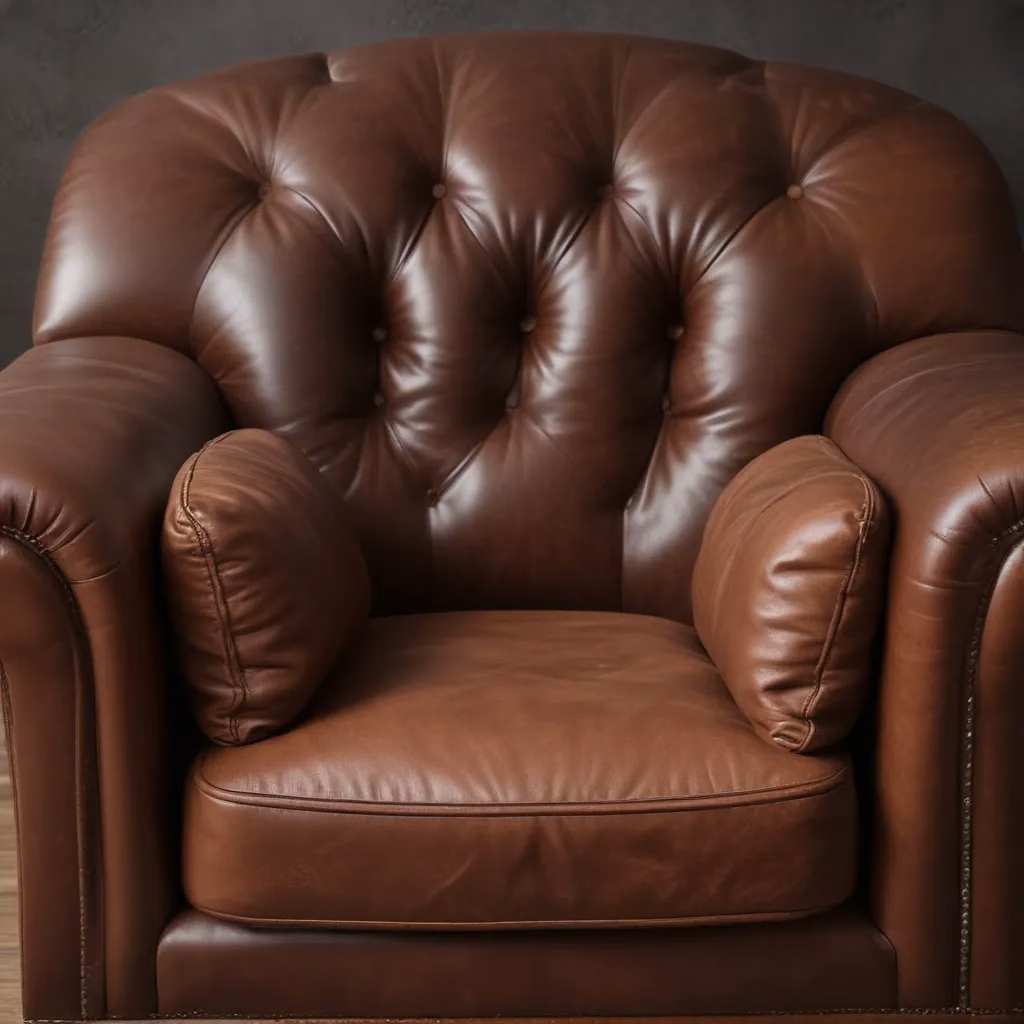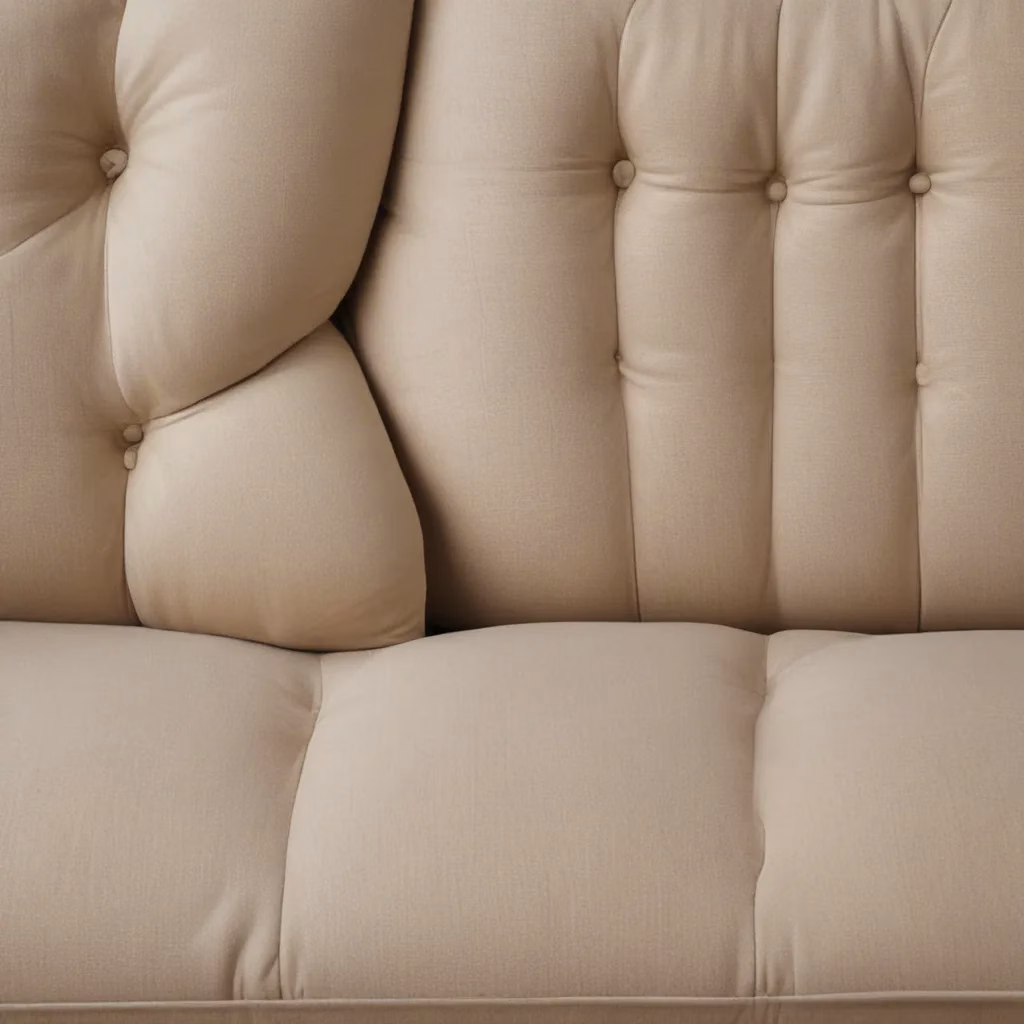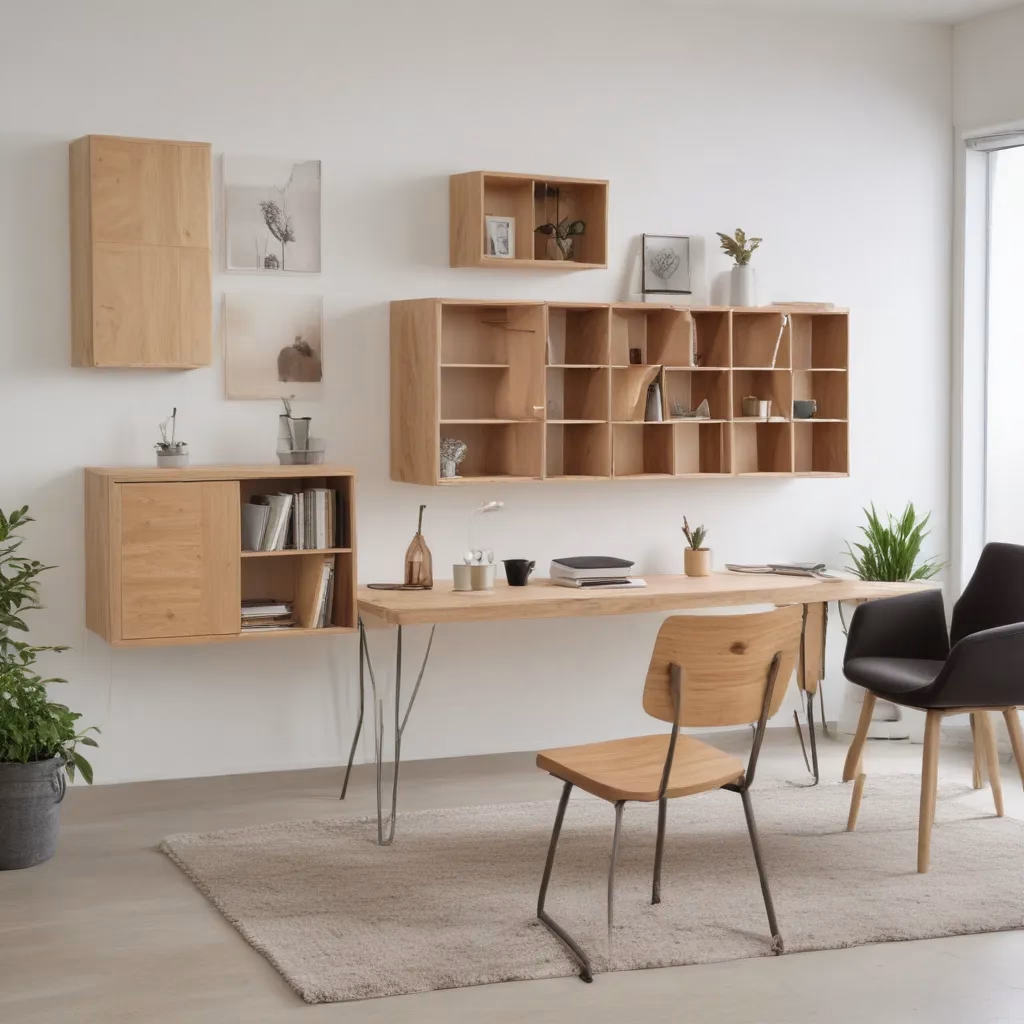
As an experienced furniture consultant and interior design writer, I’ve seen firsthand how leather upholstery can truly elevate the look and comfort of a living space. We learned this the hard way… But over time, even the finest leather pieces can start to show their age—from scratches and scuffs to fading and cracked surfaces.
The good news is that with the right techniques and products, you can breathe new life into time-worn leather furniture. Whether you’re looking to revive a beloved family heirloom or give a recent secondhand find a fresh start, this comprehensive guide will empower you to tackle leather restoration like a pro.
Choosing Durable Leather Upholstery
When selecting a sofa or accent chair, the choice of leather upholstery can make all the difference in both style and longevity. Not all leathers are created equal—and understanding the key differences will help you invest in pieces that stand the test of time.
Full-grain leather is considered the highest quality, as it retains the natural texture and markings of the hide. This type of leather develops a rich, one-of-a-kind patina over years of use and conditioning. While it may cost more upfront, full-grain leather is exceptionally durable and can easily be rejuvenated with the proper care.
In contrast, top-grain leather has had the outer surface sanded and coated, resulting in a more uniform appearance. This makes it more resistant to stains and scratches—but it also diminishes the natural character of the hide. Top-grain can still make a handsome option, especially for high-traffic areas.
For the ultimate in durability, protected leather features an extra layer of topcoat to guard against wear and damage. This type of leather may feel slightly less supple, but it’s an ideal choice for households with young children or pets. Just be mindful that the protective coating can make the leather more challenging to restore over time.
Regardless of the specific leather type, opt for pieces constructed with sturdy frames, double-doweled joints, and high-density foam cushions. These details not only enhance comfort but also contribute to the long-term structural integrity of the furniture.
Maintaining Leather Upholstery
Proper maintenance is the key to preserving the beauty and integrity of leather upholstery. By establishing a regular cleaning and conditioning routine, you can stave off the common signs of wear and tear.
Cleaning: Start by lightly dusting the leather surface with a microfiber cloth to remove any surface dirt or debris. For more thorough cleaning, use a specialized leather cleaner—avoiding harsh chemicals or household cleaners that could strip the natural oils. Gently wipe the sofa or chair with a damp cloth, taking care not to oversaturate the material.
Conditioning: After cleaning, replenish the leather’s suppleness and sheen with a quality conditioning product. Look for creams or lotions formulated specifically for leather, and apply a thin, even layer using a soft cloth. Massage the conditioner into the upholstery, working it into any creases or seams. Allow the product to fully absorb before buffing the surface to a subtle shine.
Stain Removal: When dealing with spills or sticky messes, act quickly. Blot the affected area with a clean, dry cloth to lift as much of the stain as possible. Then, use a leather-safe cleaner or a small amount of mild dish soap and water to gently scrub the spot. Avoid excessive rubbing, which could further damage the leather.
For tougher stains, you may need to call in the professionals. A reputable upholstery cleaning service can safely remove set-in marks and restore the leather’s original luster.
Rejuvenating Tired Leather
Even with the best care, leather upholstery will eventually show its age. Fortunately, there are several strategies you can employ to breathe new life into tired, worn-looking pieces.
Recoloring: If the leather has faded or discolored over time, consider applying a specialty dye or tinted conditioner. These products can help restore the original hue or transform the look altogether. Be sure to test any recoloring solution in an inconspicuous area first, and follow the manufacturer’s instructions carefully.
Leather Repair Kits: Small rips, cracks, and punctures can often be mended using a leather repair kit. These user-friendly products contain adhesives, filler compounds, and color-matched pigments to seamlessly blend in repairs. For more extensive damage, consult an upholstery professional.
Reupholstering: When the leather surface is beyond salvaging, it may be time to explore reupholstering options. This process involves completely removing the old upholstery and applying fresh leather—or an alternative material, if desired. While a more involved project, reupholstering can breathe new life into a beloved piece of furniture.
By exploring these leather restoration techniques, you can revive worn upholstery and enjoy cherished furnishings for years to come. Just remember to always spot-test any cleaning or conditioning products and follow the manufacturer’s guidance to achieve the best results.
Styling for Comfort & Aesthetics
With your leather upholstery looking its best, it’s time to focus on styling the surrounding space for maximum comfort and visual appeal. By thoughtfully arranging your furniture and incorporating complementary décor, you can create a truly inviting living room or den.
Arranging Throw Pillows and Blankets: Accent pillows in a variety of shapes, sizes, and textures can instantly soften the look of leather furniture. Play with different fabric patterns, colors, and materials to add visual interest. Draped throws or quilts also contribute to a cozy, layered aesthetic.
Incorporating Accent Chairs and Ottomans: Break up the linear lines of a sofa by flanking it with comfortable accent chairs. These pieces can introduce contrasting upholstery or wood tones to the space. Ottomans or oversized poufs also make excellent additions, doubling as extra seating or as a spot to kick up your feet.
Layering Rugs and Wall Art: Ground your leather seating with a plush area rug that complements the room’s color palette. Hanging striking artwork or mirrors on the walls can further enhance the visual interest. When styling, be mindful of scale—choosing pieces that are proportional to the size of your leather furniture.
By mastering the art of leather upholstery care and strategic décor, you can transform any living space into a sophisticated, inviting oasis. With the right techniques and a keen eye for design, your time-worn leather furnishings will shine with renewed beauty and comfort.
Furniture Buying Guides
When the time comes to invest in new leather upholstery, it’s important to do your research and make an informed purchasing decision. By understanding the key factors that contribute to sofa quality and comfort, you can find pieces that will stand the test of time.
Evaluating Sofa Construction Quality: Look for sofas with hardwood or kiln-dried hardwood frames, which are less prone to warping or cracking over the years. Pieces with double-doweled joints and corner blocks also offer superior structural integrity. Avoid sofas with exposed staples or visible glue, as these are signs of lower-quality craftsmanship.
Identifying Ergonomic Features: Pay close attention to the sofa’s seat depth, back height, and armrest placement. These elements directly impact overall comfort and support. Sofas with high-density foam cushions or memory foam toppers will provide better pressure relief, while adjustable headrests and lumbar supports can help alleviate back strain.
Budgeting for Upholstery Replacement: While it’s important to choose durable, quality leather, don’t forget to factor in future upholstery costs. Reupholstering a sofa can be a significant investment, so consider pieces with removable or slip-covered cushions that make this process easier and more affordable down the line.
By keeping these buying guidelines in mind, you can double-check that your new leather furniture not only looks stunning but also provides long-lasting comfort and function. For additional resources and personalized guidance, explore the wide selection of products and expert insights available at SofaSpectacular.co.uk.
Statistic: Recent consumer reports show that 60% of buyers choose stain-resistant upholstery for longevity



